A couple of years ago, I was given a grow your own mushroom kit for christmas. It was awesome! I was super excited to grow my own!
I spritzed my mushroom every other day or so. Then tended the little mycelium to make sure everything was going well. And waited anxiously for my mushrooms to grow.
Just kidding, I forgot all about it, let it dry out and killed everything. Eventually, I just put the fungus block into the compost. Whoops.
This time, I got a little more serious. I purchased plugs from Fungi Perfecti, to grow my own! I’m very excited.
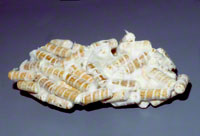
Plug Spawn
I purchased Phoenix Oyster Mushroom plugs to grow on a Hemlock (Tsuga heterophylla) that fell down during the winter.

Phoenix Oyster Mushroom
I followed the directions to drill the log with 5/8″ holes and fill with the mushroom plugs. Then I covered those holes with beeswax. It didn’t take me very long to insulate the log and I’m excited for the results. This was all done in early April.
Currently, my log is laying in a shady grove, elevated off the soil where I can spray it with water to keep it damp during the dry summer.
In my area (and most areas), you can inoculate logs with oyster mushrooms in the summer. You can find out more information on the Fungi Perfecti website.
If I’m successful, I’ll be inoculating more next spring!
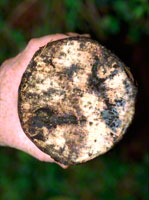
Mycelium covered log
I also purchased several books to to guide me through my mushroom growing journey. My favorite so far is Growing Gourmet and Medicinal Mushrooms by Paul Stamets, the founder of Fungi Perfecti. Because I have a book addiction, I also purchased his older book, The Mushroom Cultivator: A Practical Guide to Growing Mushrooms at Home
. My next purchase will be his other book,Mycelium Running: How Mushrooms Can Help Save the World
.
To round it off, I purchased Mushrooms Demystified the bible on identification of fungi by David Arora. I have a field guide by him as well, All That the Rain Promises and More: A Hip Pocket Guide to Western Mushrooms
.
I’m gonna come right out and say that mushroom aficionados are weird. Have you ever met a serious mushroom hunter in the woods? I met this crazy man the other day, he was older with white hair, reminiscent of Albert Einstein but crazier. It was July and we were surprised to see a mushroom hunter out at that time so we asked him about it. The slight smile and far away look in his eyes told me how much he loved mushroom hunting. Mushroom people are passionate.
All images are from fungi.com, they are not my own and I will remove them if requested.
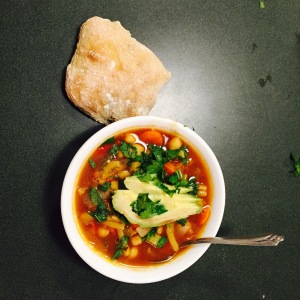




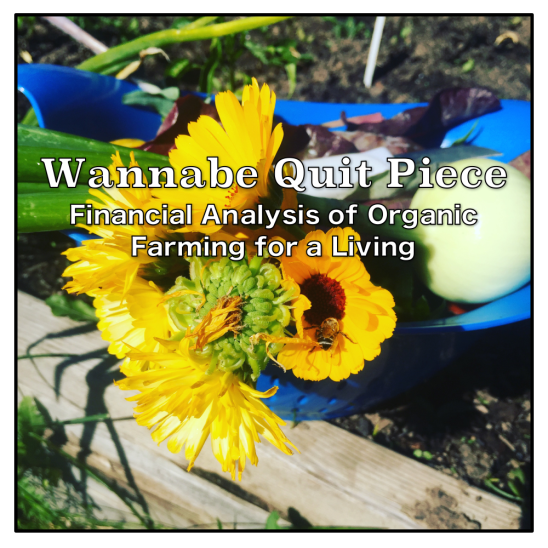
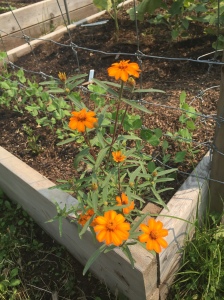 ng me too.
ng me too.





